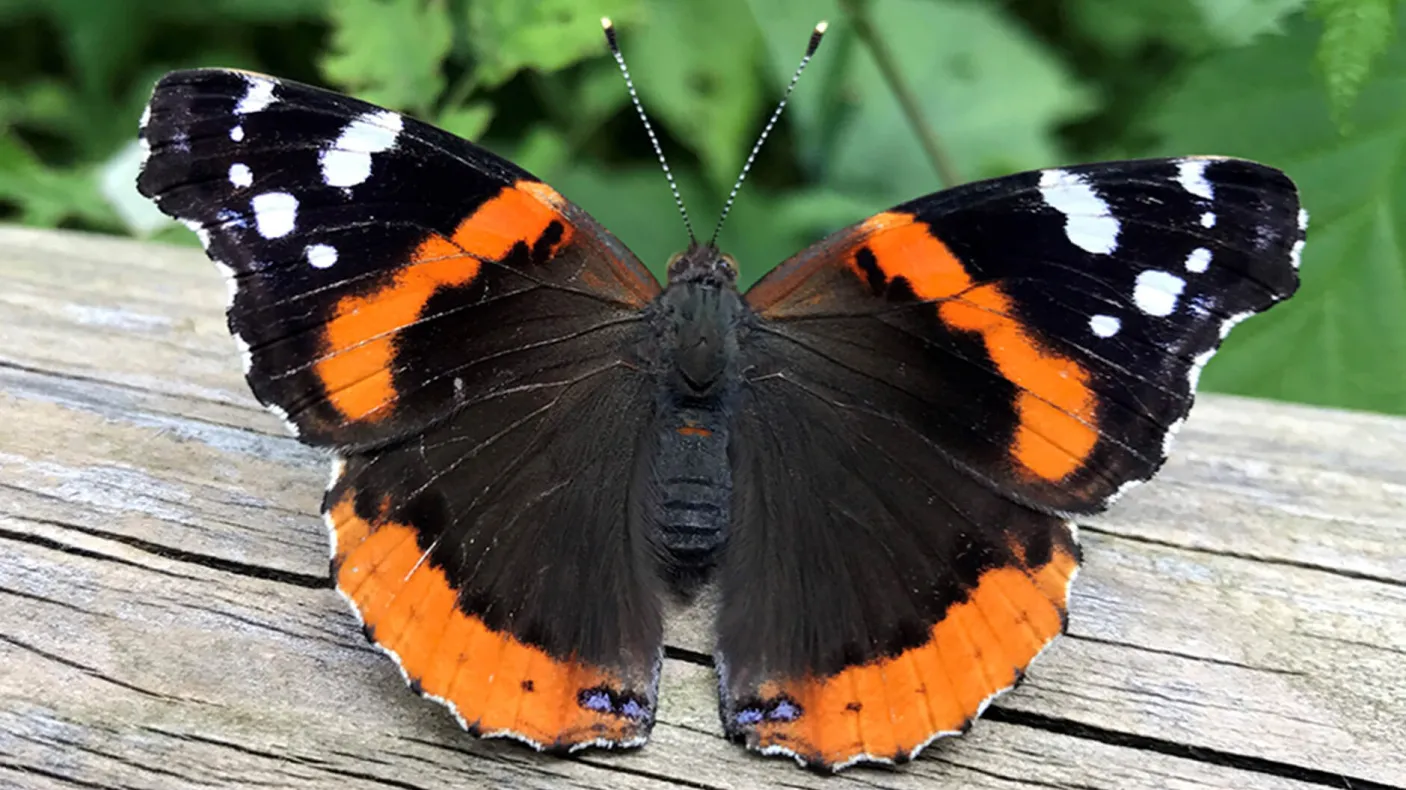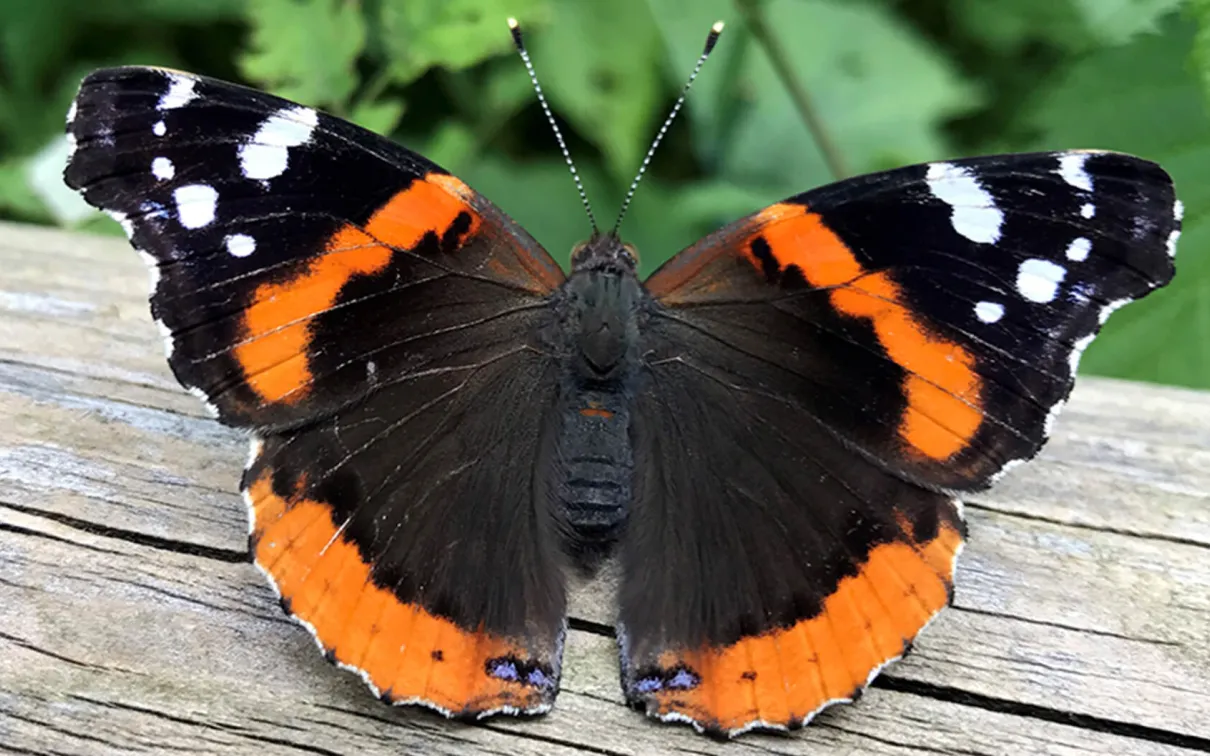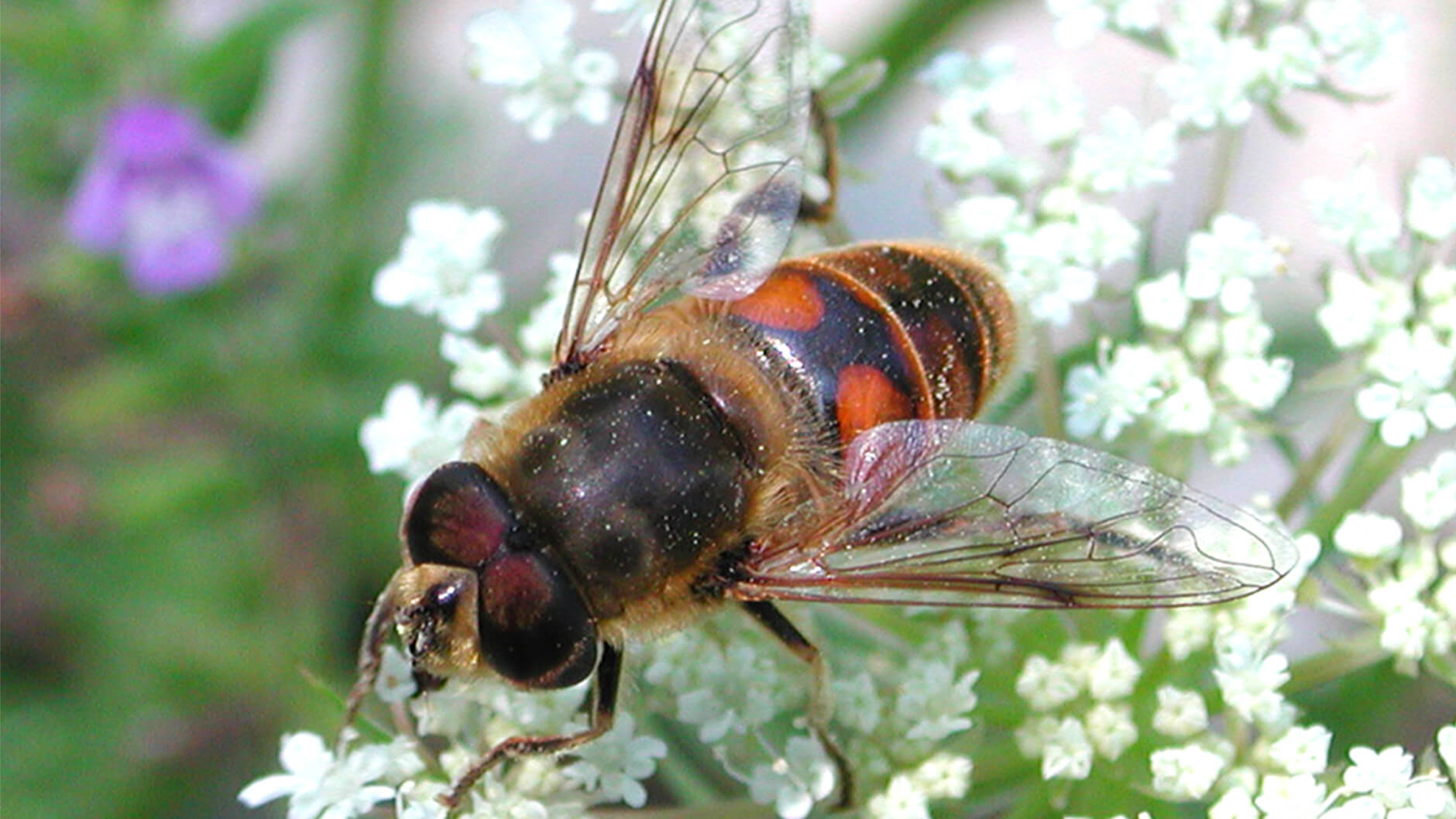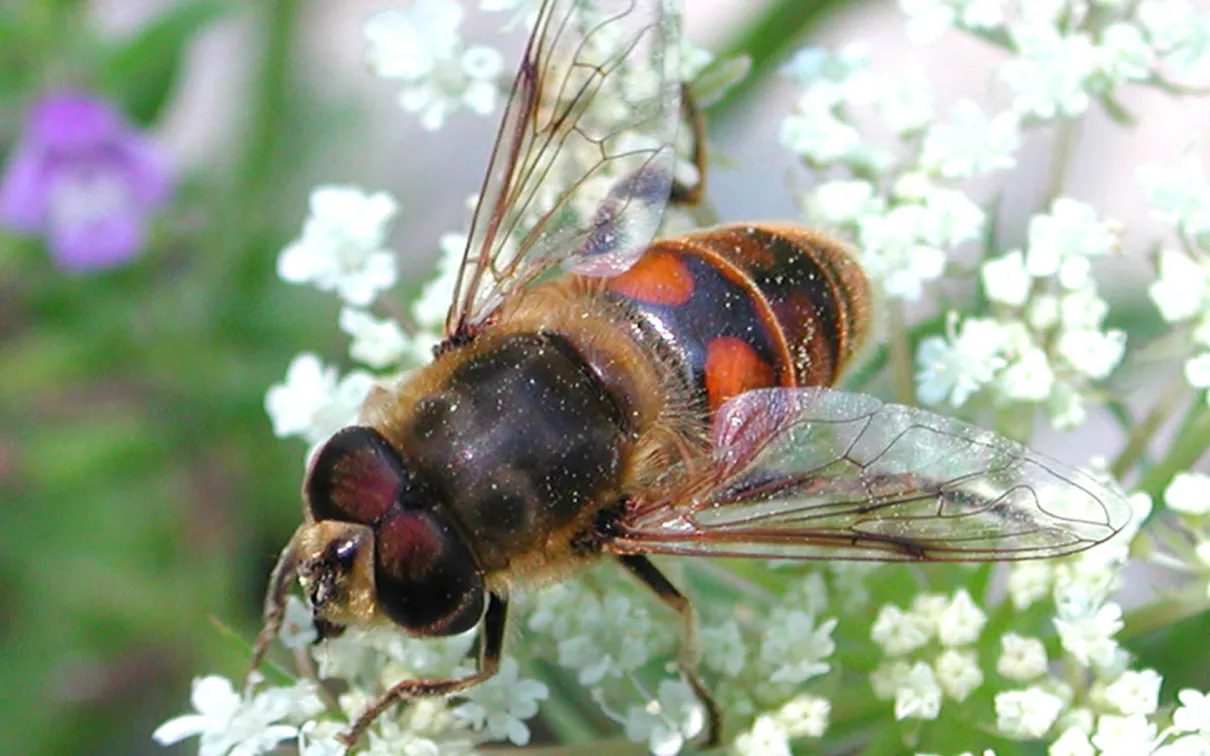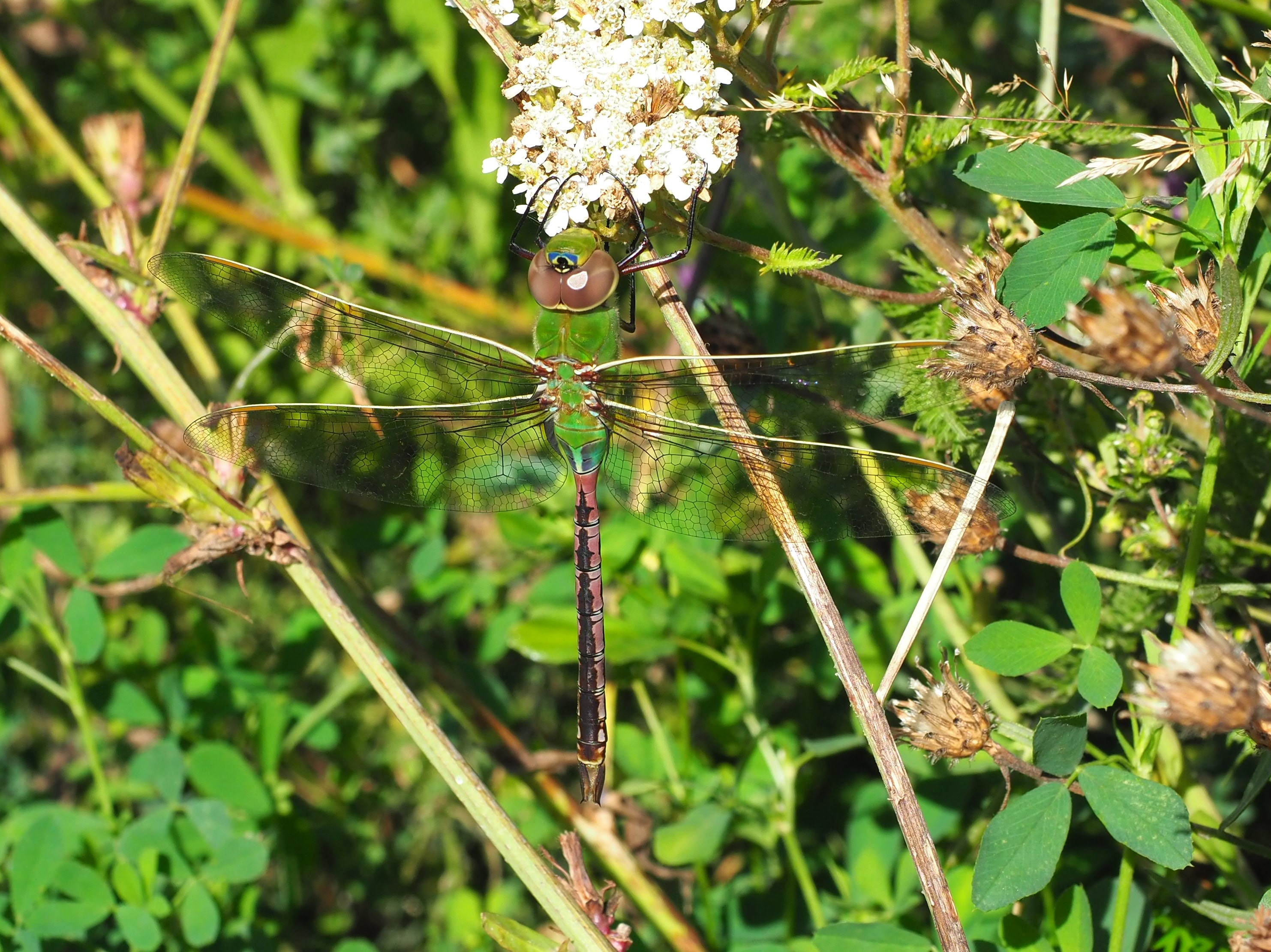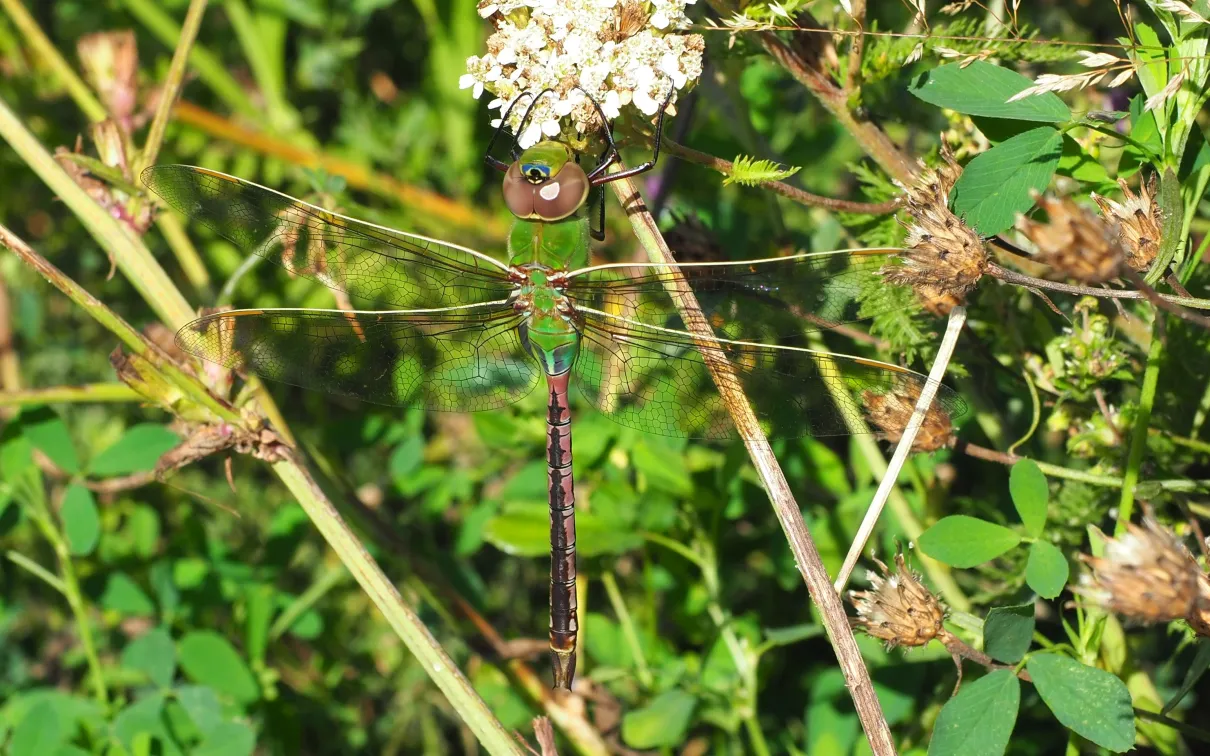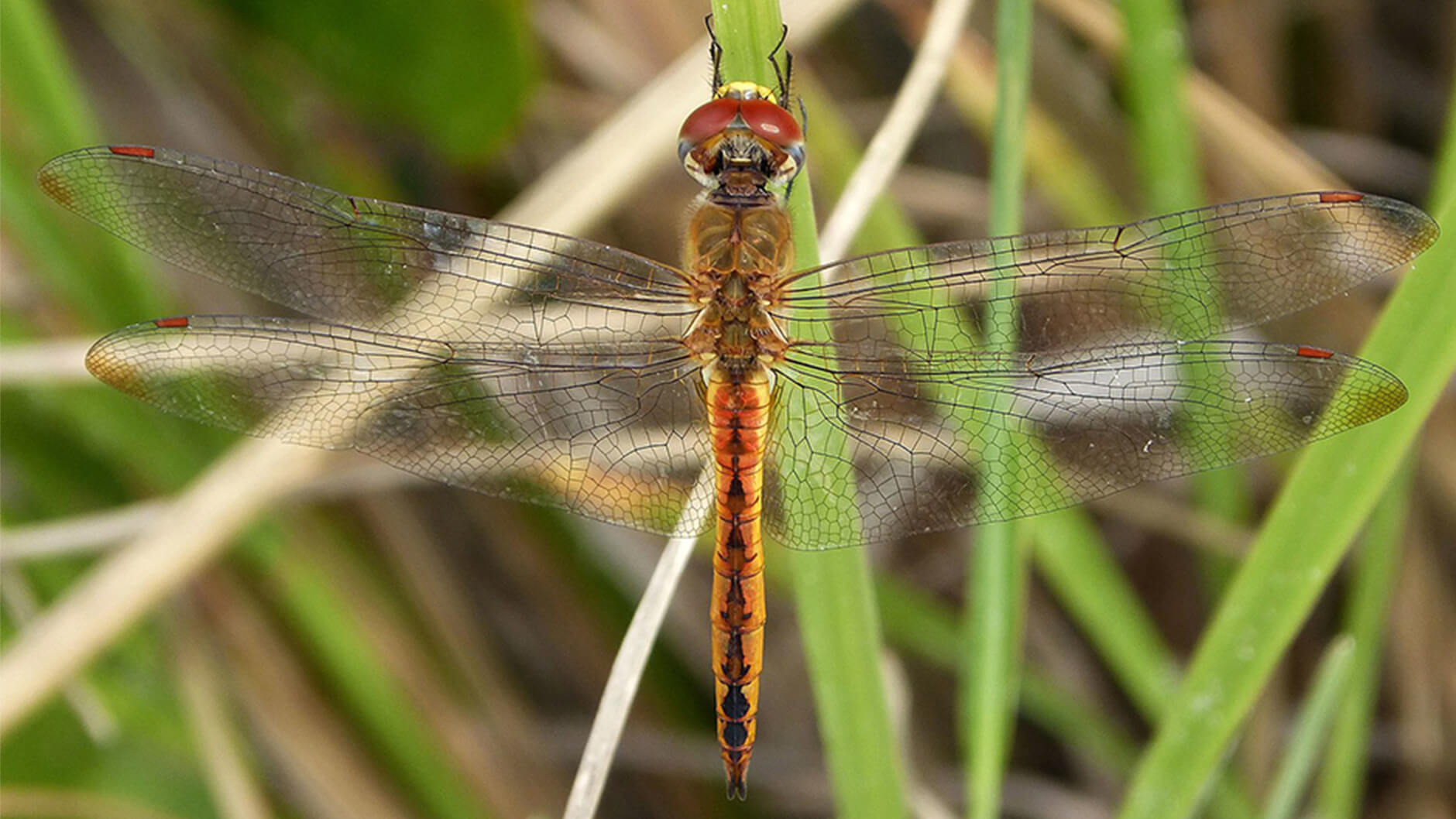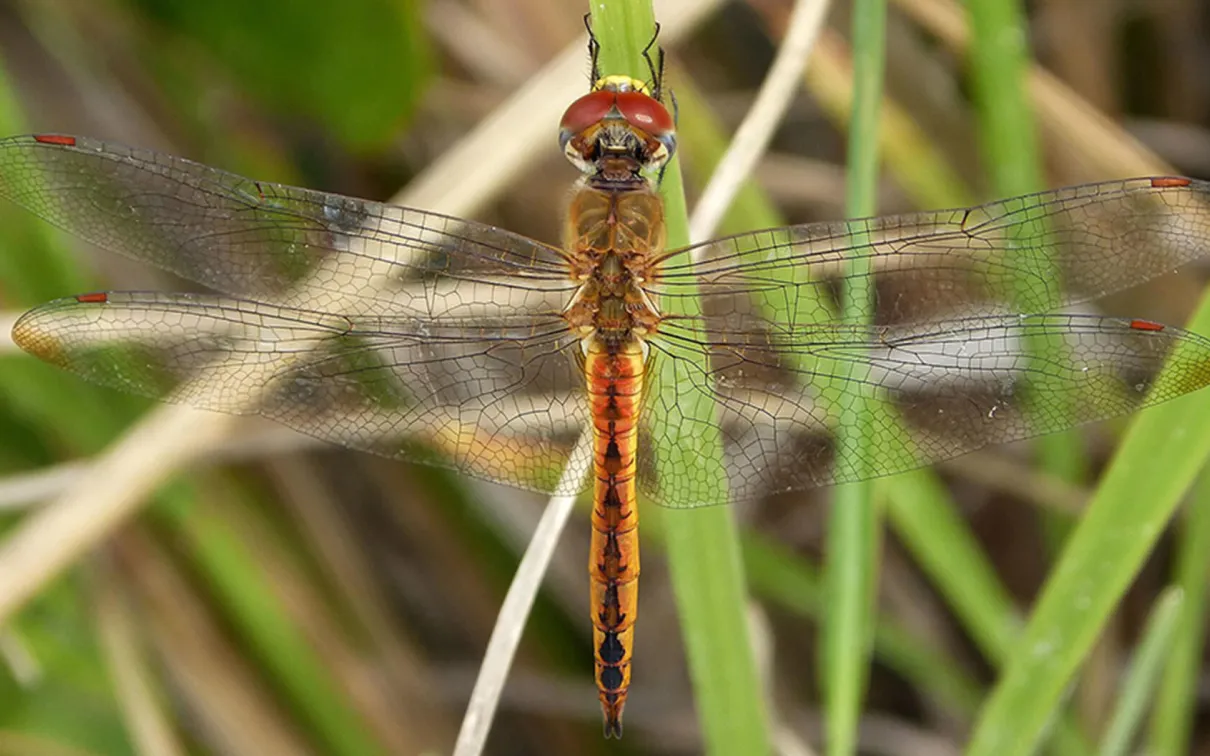Insect Migrations
A look at the migratory patterns of butterflies, flies, and dragonflies.
Published
Categories
Asked to name just one species
Asked to name just one species of insect that migrates, most people could easily name the monarch butterfly (Danaus plexippus). This charismatic species is known for its phenomenal trek to Mexico in the fall, during which the same generation makes the entire journey. The return trip, however, is made in stages by three different generations of monarchs. Other species of migratory butterflies include the red admiral, painted lady, American lady, little yellow, orange sulphur, American snout, question mark, and common buckeye.
A little-known fact is that some other insects also migrate annually, such as some species of flower flies and dragonflies. Flower flies (family Syrphidae), also known as “hover flies,” are splendidly coloured, and their appearance often mimics that of bees and wasps. Larvae feed on aphids and are considered significant pest control agents; adults are important pollinators. Flies carry out about one third of all pollination, with flower flies being the most effective. Little is known about the migratory habits of flower flies. Scientists are trying to determine how far they migrate as well as their destination.
The common drone fly
The common drone fly (Eristalis tenax) is a flower fly native to Europe but now found all over the world; it is widespread in North America. The larvae, known as “rat-tailed maggots,” live in aqueous or semi-aqueous habitats, including dung. Impressive migrations of this fly take place in Europe, where the migrations are an annual event.
According to a few records from 1915 to 1926, this species was known to migrate along the eastern coast of the United States, but there have been no significant reports since. On California’s coast, a huge migration of this species was reported in 2017. Ontario is home to other species of migratory flower fly, such as Scaeva affinis, which is used in the biological control of aphids. Lapposyrphus lapponicus is a Holarctic migratory species typically found in forests, but it may be found in many other habitats. Whereas many studies have been conducted on butterfly migrations, not enough research has been done on these migratory flies.
The black saddlebags
The black saddlebags (Tramea lacerata) and the green darner (Anax junius) are migratory dragonflies common to Ontario, but the green darner overwinters farther south. In the early fall, migrants head to the southern United States and the Caribbean islands, where they reproduce, then die. The next non-migratory generation lives in the southern shores, where they mate; their offspring are the generation that travels north. Because tagging or using trackers on these small insects is difficult, scientists used museum specimens to learn about migration patterns. Wing samples are tested, and the chemical signatures (hydrogen isotopes) identifies the geographic location where the dragonfly was born.
The wandering glider dragonfly
The wandering glider dragonfly (Pantala flavescens), also known as the “globe wanderer,” may own the record for the insect world’s farthest migration, possibly over 7,000 kilometres one way, migrating between India and Africa across the Indian Ocean. This dragonfly has a worldwide distribution and a multi-generational migration as well. It may be seen commonly in some years and rarely in others in southern Ontario. By analyzing the genetic profiles of these insects from different parts of the world, scientists have determined that it is one population that interbreeds.
From pollinating flowers and crops to acting as pest control agents, insect migrations play a very important role in maintaining the health of our ecosystems.
Antonia Guidotti
Antonia Guidotti is an entomology technician in the Department of Natural History at the ROM.

